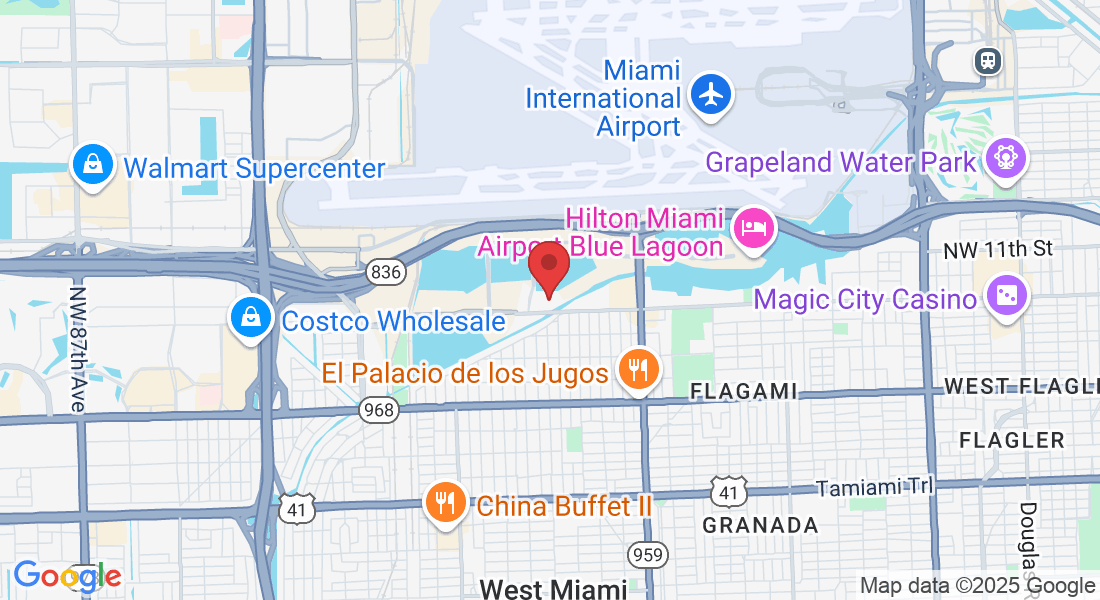📞Call Now: (305) 987-3053
THE ULTIMATE GUIDE FOR MIAMI WAREHOUSE OWNERS
How to Sell for Top Dollar-Fast!
Bonus Strategies for Tax Advantaged Exits
Today we're going to be talking about bonus strategies for tax-advantaged exits.
Before we get started, I want to issue a professional disclaimer:
Please speak to your tax professional. I am not an accountant. I am not a CPA. What I’m providing here is basic background and foundational information about tax-advantaged exits, so that you can ask the right questions to your advisor.
Using a 1031 Exchange Effectively
For many property owners, they just want to sell their property, pay the taxes, and move on—whether that’s into retirement or another venture.
But some want to defer capital gains taxes, potentially indefinitely.
Here’s how to use a 1031 exchange:
- From the time your property goes under contract, you must declare your intent to use a 1031 exchange.
- By the time of closing (and preferably before), you’ll need to identify three replacement properties.
- You have 45 days from closing to officially identify those properties.
- You have six months from closing to close on one or more of those three.
It’s smart to get started before closing and make sure all the necessary paperwork is in order.
Taxes and 1031: A Common Question
A common question is: What exactly gets taxed in a 1031 exchange?
(Again: Consult your CPA for guidance.)
If you opt for seller financing rather than a full 1031 exchange, you may still owe taxes on:
- Proceeds from seller financing: If you receive money up front, you may owe taxes on that portion.
- Installment Sales: You don’t pay all the tax in the year of sale. Instead, you pay capital gains tax over time, as you receive payments.
- Interest Income: Any interest you receive from the buyer is considered ordinary income and must be reported.
- Capital Gains: These are taxed incrementally as you receive principal payments.
- Depreciation Recapture: If the asset was depreciated (e.g., rental property), this portion usually cannot be deferred and is taxed in the year of sale.
Again, please talk to your tax advisor—this varies from year to year.
Seller Financing for Tax Deferral
Seller financing allows you to defer some of your tax liability by spreading out the gain over multiple years. Just remember:
- Plan ahead.
- Set aside funds for taxes.
- Speak to your accountant about how to structure the deal for maximum benefit.
Opportunity Zones
Let’s talk about Opportunity Zones and Opportunity Zone Funds (OZFs).
Here’s the general concept:
- If you sell real estate and invest the proceeds into an Opportunity Zone Fund, you may qualify for significant tax benefits.
- You can’t do this with money from the stock market—only from qualifying real estate sales.
- It’s easy to set up—just fill out an IRS form to create a fund.
- If you hold the property for 7 years, approximately 25–30% of the capital gains may be excluded.
- If you hold it for 10 years or more, you may be able to eliminate 100% of the capital gains.
Again—check with your tax professional, as the guidelines and qualifications change frequently.
When I tried to do this personally, I couldn’t qualify for Opportunity zone Fund Status because my funds didn’t come from real estate.
Final Thoughts on Tax-Advantaged Strategies
Whether you go the route of:
- 1031 Exchange
- Opportunity Zone Investment
- Seller Financing
- Holding Notes for Deferred Gain
The key is to plan ahead and work with a knowledgeable tax advisor. The tax code changes often—make sure you’re asking the right questions.
This should give you a strong starting point to begin thinking strategically about how to reduce your tax burden when selling.
Want a Custom Exit Strategy?
If you’d like a valuation of your property and a custom road map to selling it for maximum value, we’re here to help.
Just visit:
👉 www.darkhorse-commercial.com
On the homepage, click “Request Evaluation” and enter your name, email, and phone number. We’ll reach out to you with:
- A full valuation
- A step-by-step plan to help you sell for the highest possible price
Assistance Hours
Mon – Fri 9:00am – 5:00pm
Phone Number:
(305) 987-3053
CONTACT US
Assistance Hours
Mon – Fri 9:00am – 4:00pm
Phone Number:
(305) 987-3053


